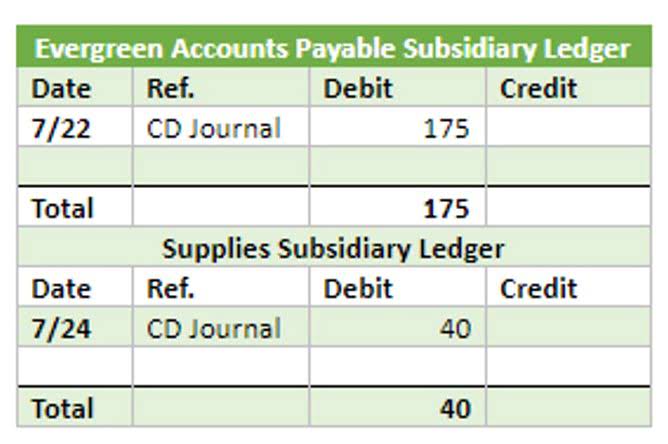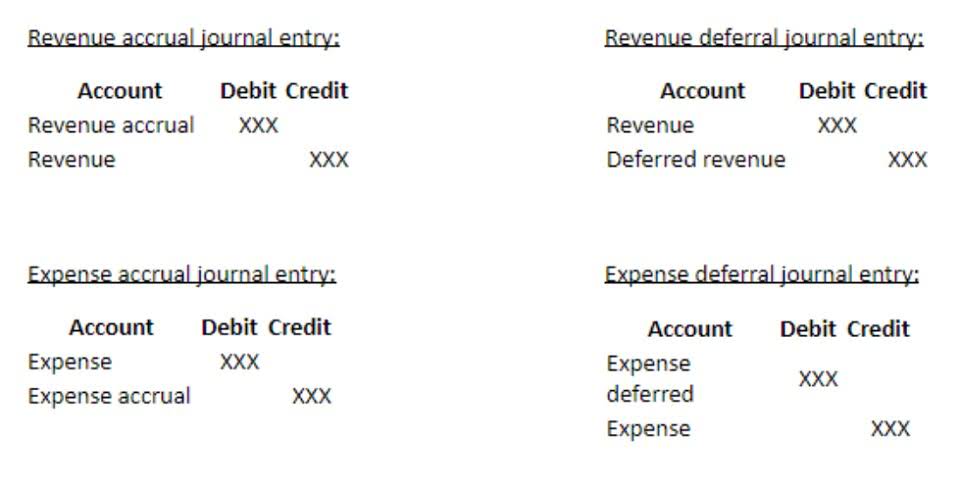Vertical Analysis: What It Is, How It Works, and Key Examples

Emeritus’ online finance courses are therefore relevant to the ever-changing financial world. Vertical analysis is exceptionally useful while charting a regression analysis or a ratio trend analysis. It enables the accountant to see relative changes in company accounts over a given period of time. In our case, half of the company’s asset base comprises PP&E, with the rest coming from its current assets. The assets section is informative with regard to understanding which assets belonging to the company constitute the greatest percentage.
📆 Date: 22-23 Mar, 2025🕛 Time: 8:30-11:30 AM EST📍 Venue: OnlineInstructor: Dheeraj Vaidya, CFA, FRM
To increase the effectiveness of vertical analysis, multiple year’s statements or reports can be compared, and comparative analysis of statements can be done. This analysis makes it easier to compare the financial statements of one company with another and across the companies as one can see the relative proportion of accounts. The vertical analysis helps forecast the changes in the line items in both positive and negative directions. The management can identify areas of improvement or strength that are extremely useful for future planning.
- Vertical Analysis is a method of financial statement analysis in which each line item on a financial statement is listed as a percentage of another item.
- The income statement can be compared with previous years, and the net income can be compared where it helps to compare and understand the percentage of rising or loss of income.
- Analyze the percentages to detect trends, assess cost efficiency, and identify areas of concern.
- Both vertical and horizontal analyses are fundamental financial tools used to interpret financial statements and assess a company’s financial health over time.
Gather Data
We can discern through vertical analysis that the main problem area vis-à-vis the decline in net income in year 3 is the cost of goods sold. This rose sharply to 52% of sales in year 3 (from 41% and 44% in year 2 and year 1 respectively). However these expenses, at the first glance, don’t seem to be Car Dealership Accounting significant enough to account for the large fall in net income in year 3.
Vertical Analysis Vs Horizontal Analysis
Input the percentage against the line items calculated to see a concise view of each item’s contribution to the gross amount. Creating visually appealing charts such as bar graphs or data tables will make it easier to understand. Simply put, it is the proportion of net income created for every dollar of assets a business uses for various purposes. Vertical analysis is most commonly used within a financial statement for a single reporting period, e.g., quarterly. It is done so that accountants can ascertain the relative proportions of the balances of each account. Let’s see some examples of vertical analysis of an income statement to understand it better.
Applying Vertical Analysis to Evaluate Financial Performance and Efficiency

The content of this website is for informational purposes only and does not represent investment advice, or an offer or solicitation to buy or sell any security, investment, or product. Investors are encouraged to do their own due diligence, and, if necessary, consult professional advising before making any investment decisions. Investing involves a high degree of risk, and financial losses may occur including the potential loss of principal. FangWallet is an editorially independent resource vertical analysis – founded on breaking down challenging financial concepts for anyone to understand since 2014. While we adhere to editorial integrity, note that this post may contain references to products from our partners.

Key Principles and Objectives

Vertical analysis is an invaluable tool for simplifying financial statements and gaining valuable insights into a company’s financial performance. Acterys takes the effectiveness of vertical analysis to the next level with its advanced features and capabilities. By seamlessly integrating data from multiple sources, converting it into a suitable format, and offering dynamic reporting and visualization options, Acterys streamlines the vertical analysis process. Vertical analysis is the critical tool in FP&A that provides valuable insights into the relative importance of different items within the financial statements and their impact on overall performance. You can use vertical page analysis on income statement (income statement analysis) or balance sheet (balance sheet analysis).
What Is the Difference Between Horizontal Analysis and Vertical Analysis?
For instance, if operating online bookkeeping expenses represent a high percentage of revenue compared to prior periods or industry standards, it may signal inefficiencies. Similarly, low percentages in areas like net income or asset liquidity may indicate financial stress. In this vertical analysis, we express each item on the balance sheet as a percentage of the total assets (for assets) or total liabilities and equity (for liabilities and equity). This helps us understand the composition of the balance sheet and identify any significant trends or deviations. In this guide, we explored the methodology of vertical analysis, walked through the steps to perform vertical analysis on income statements, balance sheets, and cash flow statements.
Evaluating the Financial Health and Leverage of a Company through Vertical Analysis
- The opposite of the vertical analysis of financial statements is the Horizontal analysis always looks at the amount from the financial statement over the horizon of many years.
- It offers a clear lens through which to view a company’s financial health and operational efficiency.
- If you are looking to perform this type of analysis on your spreadsheet for either the income statement or cash flow statement.
- Interpreting financial data, especially complex datasets, can pose challenges, even for seasoned professionals.
- Do you want to study cost trends, compare your company with others, or see how well a recent decision performed?
- In addition, vertical analysis can aid in financial forecasting by projecting future trends based on historical data.
The standard base figures for the income statement and balance sheet are as follows. Example of the vertical analysis accounting of the financial statement, which shows the total amount and percentage. Net sales typically serve as the base amount when conducting vertical analysis on an income statement. This shows that the amount of cash at the end of 2024 is 141% of the amount it was at the end of 2020. By doing the same analysis for each item on the balance sheet and income statement, one can see how each item has changed in relationship to the other items. By leveraging the power of vertical analysis, you can gain valuable insight into the stocks you are analyzing and make more informed decisions.




دیدگاهتان را بنویسید
برای نوشتن دیدگاه باید وارد بشوید.